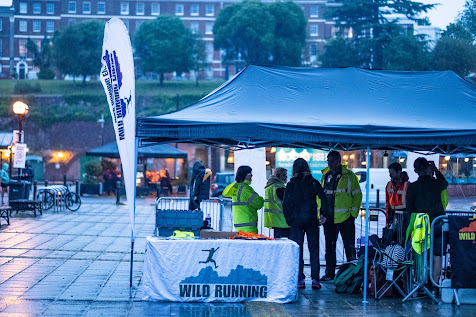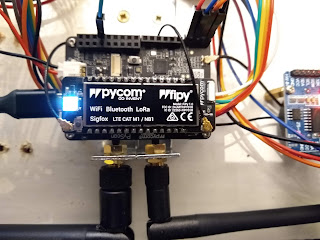Race Report - South West XC at Grammarcombe

These are always great events to time at - really friendly! This time saw a change of format which made things much better from a timing and (I think) a competitor point of view. Instead of multiple categories each with a different number of laps, there was a set number of laps for all categories and as soon as the leader of the whole race completed, the flag came down. So I could give accurate lap updates for once! The setup was using Sportiva Events excellent passive RFID kit. It's shown below. It was made up of two readers (R1 and R2) and five circular polarized antennas (A1, A1-4). Timing software was of course Webscorer. The setup - riders traveled from the foreground of the picture towards the gazebo. Here are the results from the analysis of the reads- The big difference between this and past events? Running a reader with a single antenna. This massively improved read rates on the line. For the manual taps, one was a single pass by a lead rider (not sure why he didn't s






